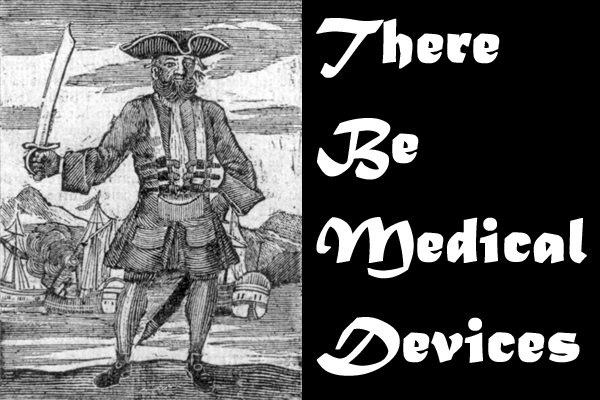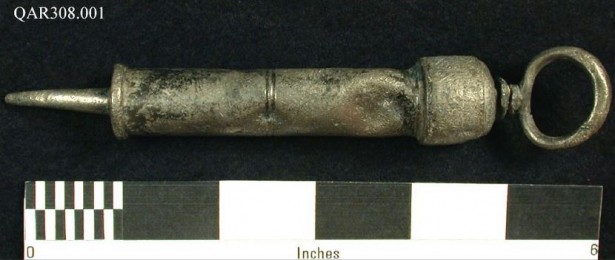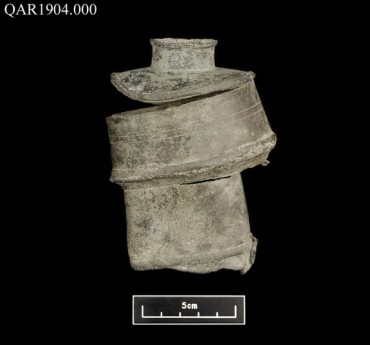Posted in Medical Device Business by Brian Buntz on January 30, 2015

Antique medical devices provide a glimpse into how medicine was performed in past centuries. But few people have taken a look at how medical care was administered on a pirate ship until the discovery of a shipwreck known as Queen Anne’s Revenge, which was helmed by none other than Blackbeard—the most famous pirate in history. The ship was captured in 1717.
“Because his passion for piracy, I think he cared very much about keeping it going, and to keep it going, he had to have a healthy, functioning crew,” Linda Carnes-McNaughton, an archeologist working on the project told The Washington Post.
In fact, Blackbeard orchestrated a blockade of Charleston to procure medicine. The pirate proclaimed that he would take on any attackers and "would murder all their prisoners, send up their heads to the governor, and set the ships they had taken on fire," if the governor of that state did not deliver medical supplies to him, according to Captain Charles Johnson, who published a text on Blackbeard in 1724.

This urethral syringe injected mercury to treat Syphilis. Image courtesy of N.C. Department of Cultural Resources. In large doses, mercury can prove fatal.
Archeologists have been excavating the remains of the ship since it was discovered in 1996 and recently found a trove of medical instruments. In fact, the ship likely had more medical gadgets onboard than a normal pirate ship. The Queen Anne’s Revenge was formerly a slave vessel that was captured by Blackbeard’s crew, who were so weak at the time they couldn’t do much to fight back. Three French surgeons were on board and Blackbeard decided to spare their lives and to pay them for their services. He, however, abandoned the ship when it sunk off of the North Carolina coast in 1718.

A “clyster pump” was used to treat severe cases of dehydration. Image courtesy of N.C. Department of Cultural Resources.
Among the gadgets found in the ship were an urethral syringe used to treat Syphilis and a “clyster pump,” an enema device used to treat severe dehydration. A device used for bloodletting was also found. A cast brass mortar and pestle for grinding medications was also onboard. The medical devices were evidently made in France.
The archeological team sorting through the shipwreck remains are working their way from the back of the ship to the front of the hull. They are now about halfway through.
Carnes-McNaughton, the archeologist cited earlier, expects to find more medical instruments as the team continues their work.
The team plans on comparing the medical artifacts they find with those from other wrecks.
Not surprisingly, pirates were generally not a healthy lot. Common ailments suffered by pirates include scurvy and “bloody flux,” an outmoded word for amoebic dysentery.




